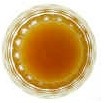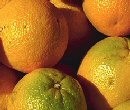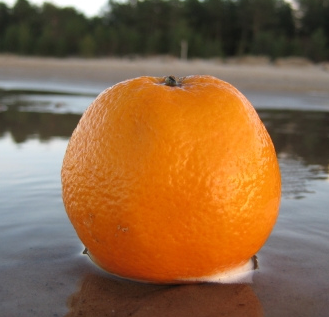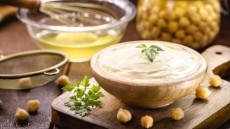Brazilian oranges in America’s favorite juice. Why the surprise?

Often, lamentation about how disconnected we are with local, seasonal, and even fresh food is focused on our ignorance about meats or trans-fat-laden baked goods of dubious origin. Sometimes, people get uppity about the ubiquitous availability of once-exotic fruits, like blueberries or pineapples, or our insistence on out-of-season spinach.
However, worry about Brazilian orange juice suggests that we have very little idea of the complexity of our food supply on a much more fundamental level.
It was concern about traces of an FDA-banned fungicide in imported Brazilian orange juice that triggered widespread noise over the issue, but hadn’t anyone wondered why a carton of a particular brand of orange juice always tastes the same?
It was news to quite a few Americans that it’s necessary to look beyond the Sun Belt for oranges if we want to pour millions of glasses of OJ every morning, 365 days a year. That said, the US is pretty big, so perhaps it’s understandable to expect the Made in USA brand to be omnipresent.
Part of the reason this isn’t the case is that Americans are a thirsty bunch, consuming 3.5 gallons of orange juice per person last year, according to the USDA. About 15% of it came from Brazil.
In addition, many of us look for a particular type of orange juice in the grocery store, a product with a very standard flavor that’s always available. Therefore the United States sometimes needs to bring in orange juice from Brazil to meet that demand, as manufacturers have to change their blend depending on seasons, variety of oranges available, and the weather.
Meanwhile, Canada is involved in a similar never ending quest for the perfect OJ blend, and it uses a lot of US oranges in the process.
The food supply, in North America and around the world, is hugely complex and interdependent – not just for indestructible cakes and frozen dinners, but for seemingly simple products like juice too.
Some of it may turn out to be unsustainable in the long term, but for now, it’s only through carefully balanced imports and exports, storage and processing that we can enjoy such delights as bread, tomato ketchup, various meats, and yes, orange juice all year long.

















